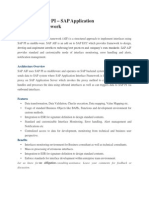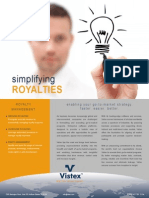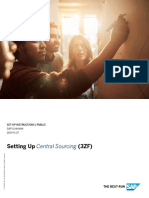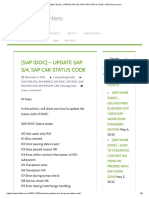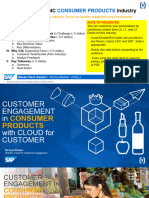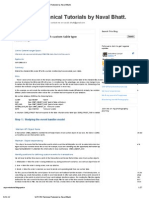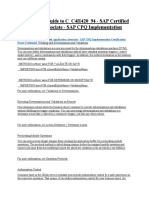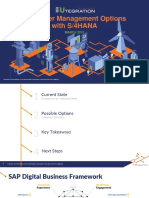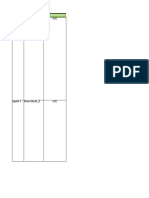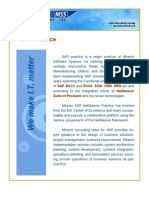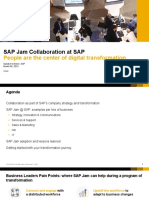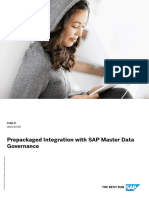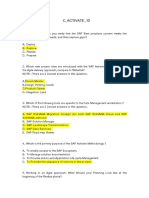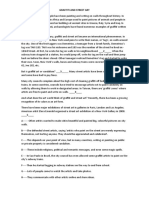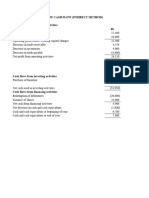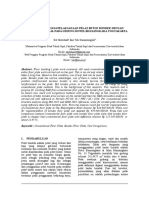0% found this document useful (0 votes)
297 views12 pagesC4C L2-1
The document contains questions and answers related to SAP Customer Experience (C4C). It addresses topics such as the difference between a system and tenant, the number of data center locations that host C4C, and the number of test tenants provided by SAP. It also discusses the various phases of an implementation project including Prepare, Realize, and Verify, and the associated quality gates.
Uploaded by
Deepanjan BhattacharjeeCopyright
© © All Rights Reserved
We take content rights seriously. If you suspect this is your content, claim it here.
Available Formats
Download as DOCX, PDF, TXT or read online on Scribd
0% found this document useful (0 votes)
297 views12 pagesC4C L2-1
The document contains questions and answers related to SAP Customer Experience (C4C). It addresses topics such as the difference between a system and tenant, the number of data center locations that host C4C, and the number of test tenants provided by SAP. It also discusses the various phases of an implementation project including Prepare, Realize, and Verify, and the associated quality gates.
Uploaded by
Deepanjan BhattacharjeeCopyright
© © All Rights Reserved
We take content rights seriously. If you suspect this is your content, claim it here.
Available Formats
Download as DOCX, PDF, TXT or read online on Scribd
/ 12

